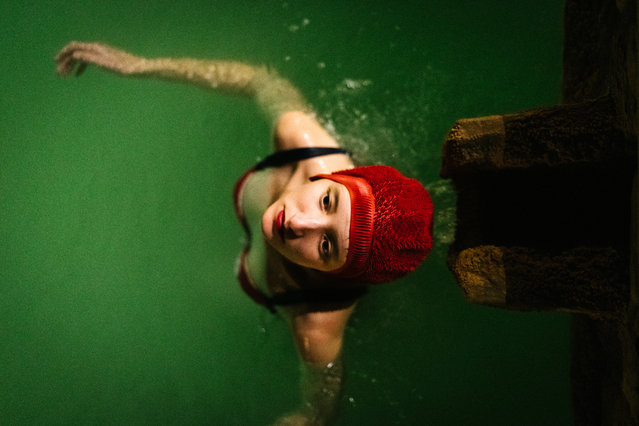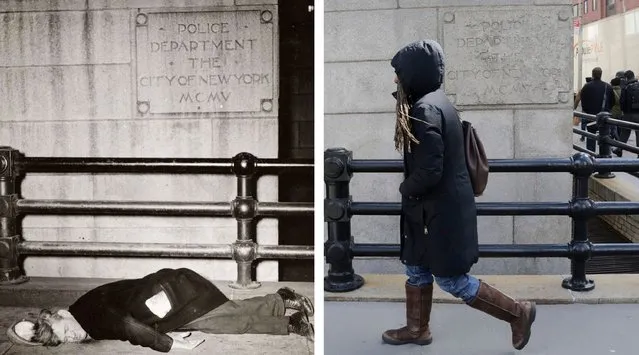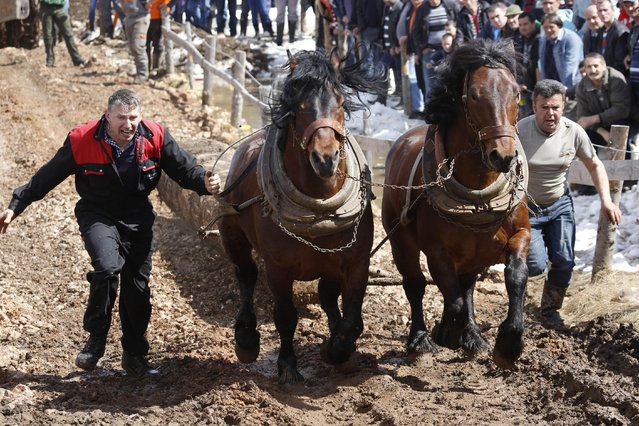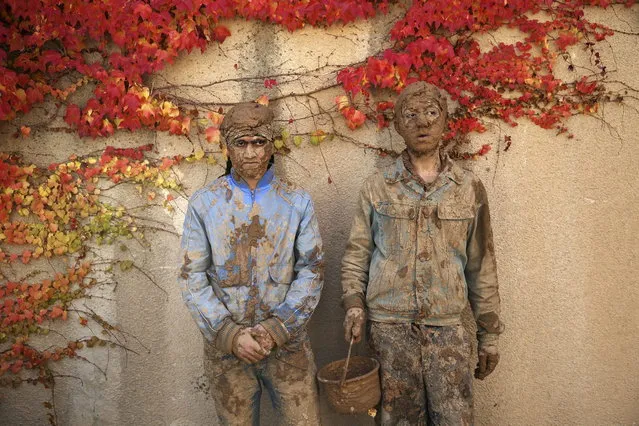
The cast of Pose (L-R) Indya Moore, Hailie Sahar, Michaela Jaé Rodriguez, Angelica Ross, and Dominique Jackson speak onstage during the 27th Annual Critics Choice Awards at Fairmont Century Plaza on March 13, 2022 in Los Angeles, California. (Photo by Frazer Harrison/Getty Images)
15 Mar 2022 06:01:00,post received
0 comments







